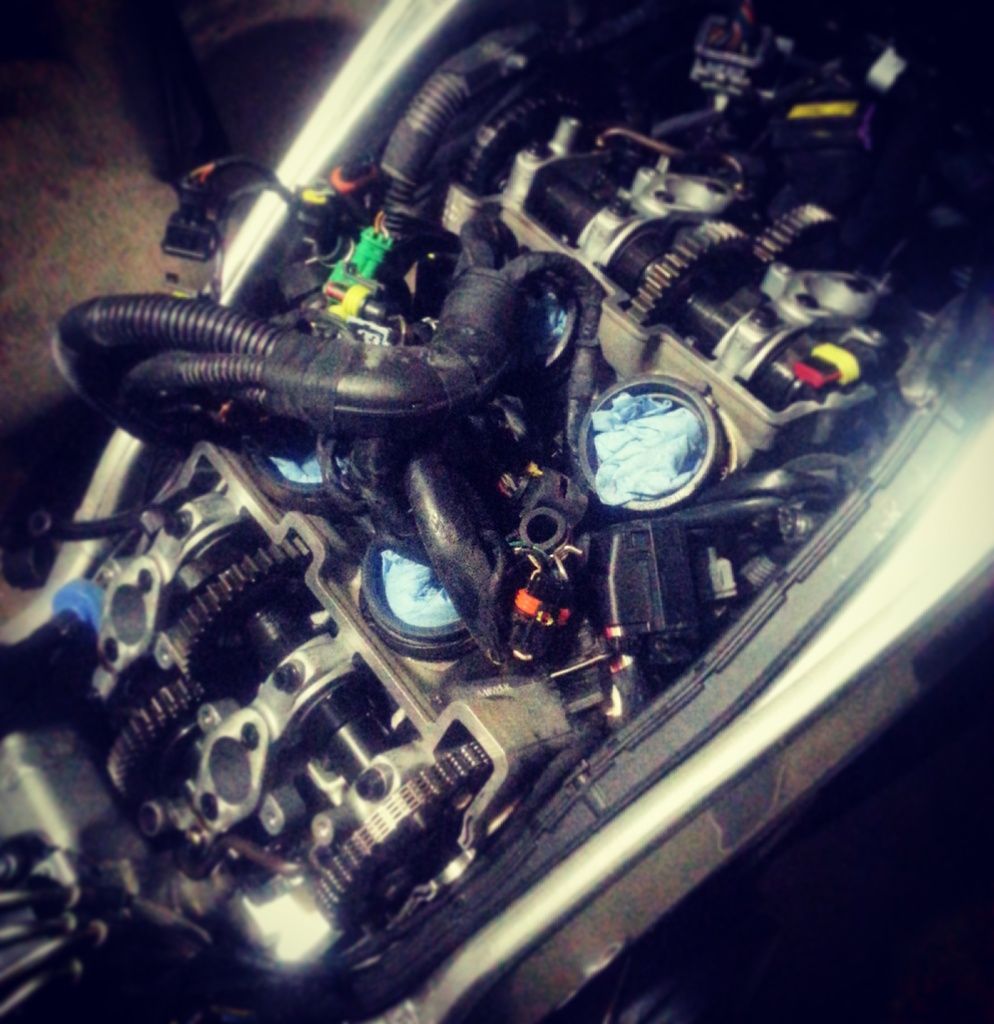1. Follow MFG guide lines, they have spent a bunch of time figuring this stuff out.
2. Valve adjustment intervals differ between motor types.
For example something archaic might be every 6-8k, more modern super sports like a GSXR platform will be at 42k. Probable a new gen cbr RR platform would be around that 42k mark.
3. Lower Redline / longer service intervals just means there might be a ton of clearance or allowable wear between components. Also it could also mean that the technology in the motor might be outdated / old.
For example a Small block chevy from 1970 vs a new Small block chevy are totally different. (taking type of fuel system out of the equation) the new motor is way more robust, makes way more power and has tigher clearances.
If you are after something that has 'long' service intervals, you are after a motor that does not use flat tappe cams, more of a roller rocker type of valve system would give you a longer service interval.
Same as CHAIN DRIVE, VS BELT DRIVE VS SHAFT DRIVE. Weight, Cost, maintaince etc all play a big part.
















